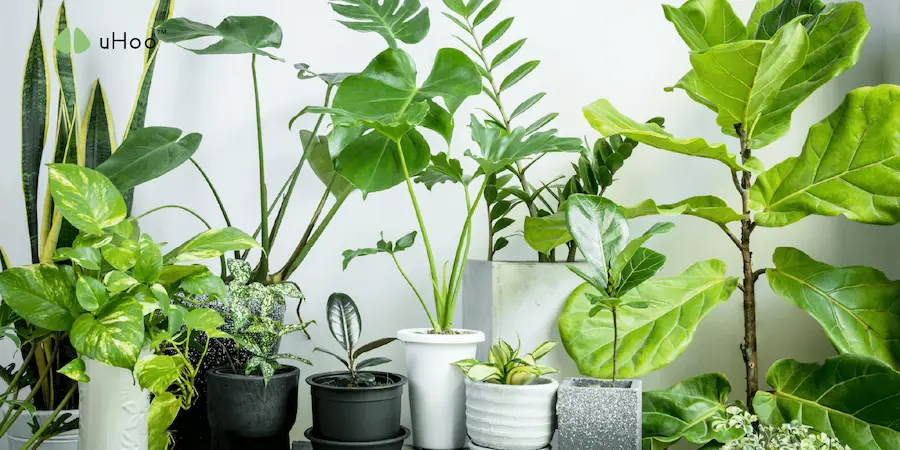There’s no denying the visual impact of a well-placed plant. They inject life, color, and a touch of nature into spaces often devoid of it, creating a more welcoming and productive atmosphere. But their beauty is more than skin deep; these leafy companions are also quietly working to improve the very air you breathe.
While their aesthetic appeal is undeniable, plants play a vital, if often overlooked, role in air purification. They’re not just passive decorations; they’re active participants in creating a healthier indoor environment.
Through the process of photosynthesis, they absorb carbon dioxide, a byproduct of respiration, and release oxygen, the life-sustaining gas you need. This natural gas exchange helps to balance the air composition in enclosed spaces, particularly offices where ventilation can be limited.
Beyond this basic function, plants excel at removing volatile organic compounds (VOCs) from the air. VOCs, emitted from common office materials like furniture, carpets, and cleaning products, can cause a range of health issues, from headaches and dizziness to long-term respiratory problems.
Plants, through a process known as phytoremediation, absorb these pollutants through their leaves and roots, breaking them down into harmless byproducts. The soil and its resident microorganisms also contribute to this purification process, creating a dynamic and efficient system.
Furthermore, plants help regulate humidity, releasing moisture into the air through transpiration. This natural humidification can counteract the drying effects of air conditioning and central heating, creating a more comfortable and breathable atmosphere.
To gain a comprehensive understanding of your workplace air quality, and to see how well your plants are assisting, uHoo air quality monitors can provide real-time data on VOC levels and other pollutants.
So, while you admire the aesthetic beauty of plants in your office, don’t forget to appreciate their silent work in purifying the air you breathe as well. They’re more than just decoration; they’re natural allies in creating healthier and more productive workspaces.

